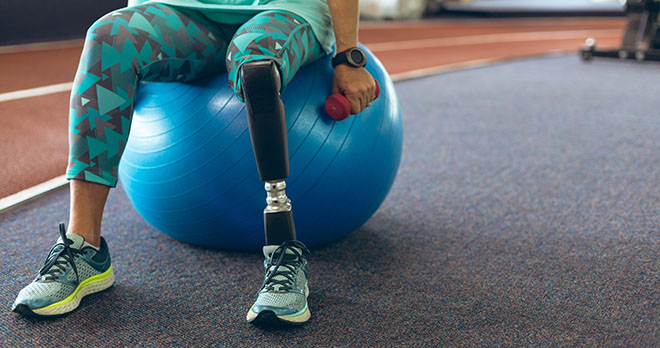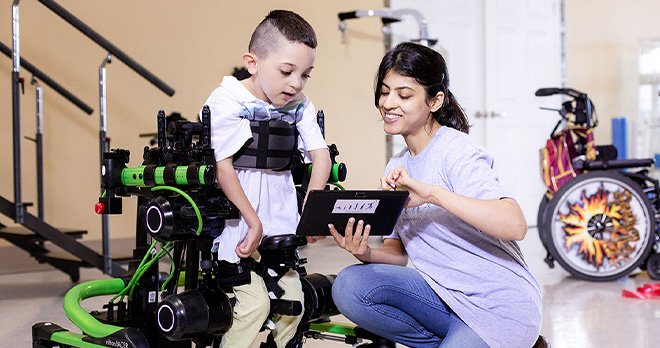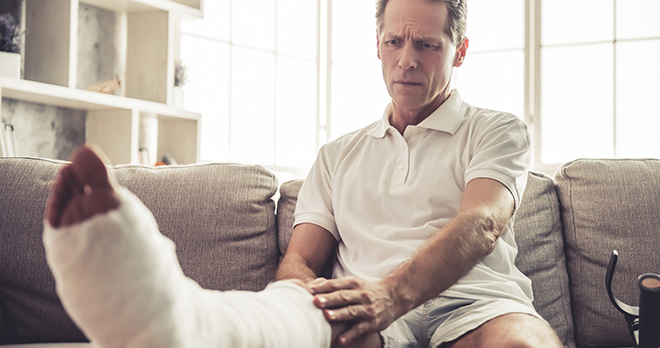The Team Around the Client Magazine
September 2023 | Edition 9

A note from the Editor
It is with great pride in our personal injury and clinical negligence teams, and the experts and charities that they work with, that we present this edition of Team Around the Client magazine focusing on spinal medical and legal issues.
World Spinal Cord Injury Day (SCI DAY) is on 5 September 2023, and has as its theme this year: “Access to SCI services; a life less complicated”. Prof Erhan, Chair of the ISCoS Prevention Committee, commented: “We have a responsibility to work towards improving access to SCI services. This involves advocating for increased funding and support for SCI Services, promoting awareness about the services available, and working to remove any barriers that prevent individuals from accessing these vital services. By focusing on this year’s theme, we can make significant strides towards ensuring that individuals with SCI have access to the resources they need to achieve optimal recovery and live a fulfilling life.”
My colleague Ian Carrier spotlights the Spinal Injuries Association (SIA); in his article, he focuses SIA’s “Strategy 2030” which will guide and steer everything they do over the next seven years. Quoting Chief Executive, Nik Hartley, OBE: “Strategy 2030 has been built to focus on the matters we know are important to those living with spinal cord injury, to improve the issues we know they face and to make our vision of a fulfilled life for everyone affected by spinal cord injury a reality”.
Ian interviews Gaynor Thompson, SIA Support Co-Ordinator, with whom RWK Goodman are working closely to offer legal help and support to spinally injured people in Wales and the West of England, about her role with the SIA.
Our head of clinical negligence, Simon Elliman, has a specialist interest in cauda equina syndrome (CES) and the effects of its late diagnosis. In this edition of Team Around The Client he explores the work of the Cauda Equina Champions Charity and the support they offer to those who have suffered spinal injuries. Simon also explores with Claire Thornber, the founder of the charity, the implications of the new CES Pathway launched earlier this year.
Simon recently settled a CES claim for £400,000 where the claimant’s GP failed to provide him with advice about the red flag symptoms of CES, meaning that he did not seek medical assistance quickly enough when such symptoms appeared. Consequently his decompression surgery was delayed and he has been left with permanent debilitating symptoms. The issue of red flag safety-netting advice is central to the CES pathway and also one in respect of which the Cauda Equina Champions Charity constantly campaigns.
All of the campaigners and charities who work tirelessly to support the victims of spinal cord injury, and to effect change to avoid future injuries in the future, are to be applauded for their efforts to improve the lives of those who seek their help.
Kerstin Scheel, Partner and Editor of our Team Around the Client Magazine

In Conversation with... Claire Thornber, Founder of the Cauda Equina Champions Charity
By Simon Elliman - RWK Goodman
RWK Goodman Partner Simon Elliman talks to Claire Thornber, Founder of the Cauda Equina Champions Charity, to find out more about the valuable work the charity supports, and the new national pathway for diagnosing and treating Cauda Equina Syndrome (CES) that was launched by Getting it Right First Time (GIRFT).
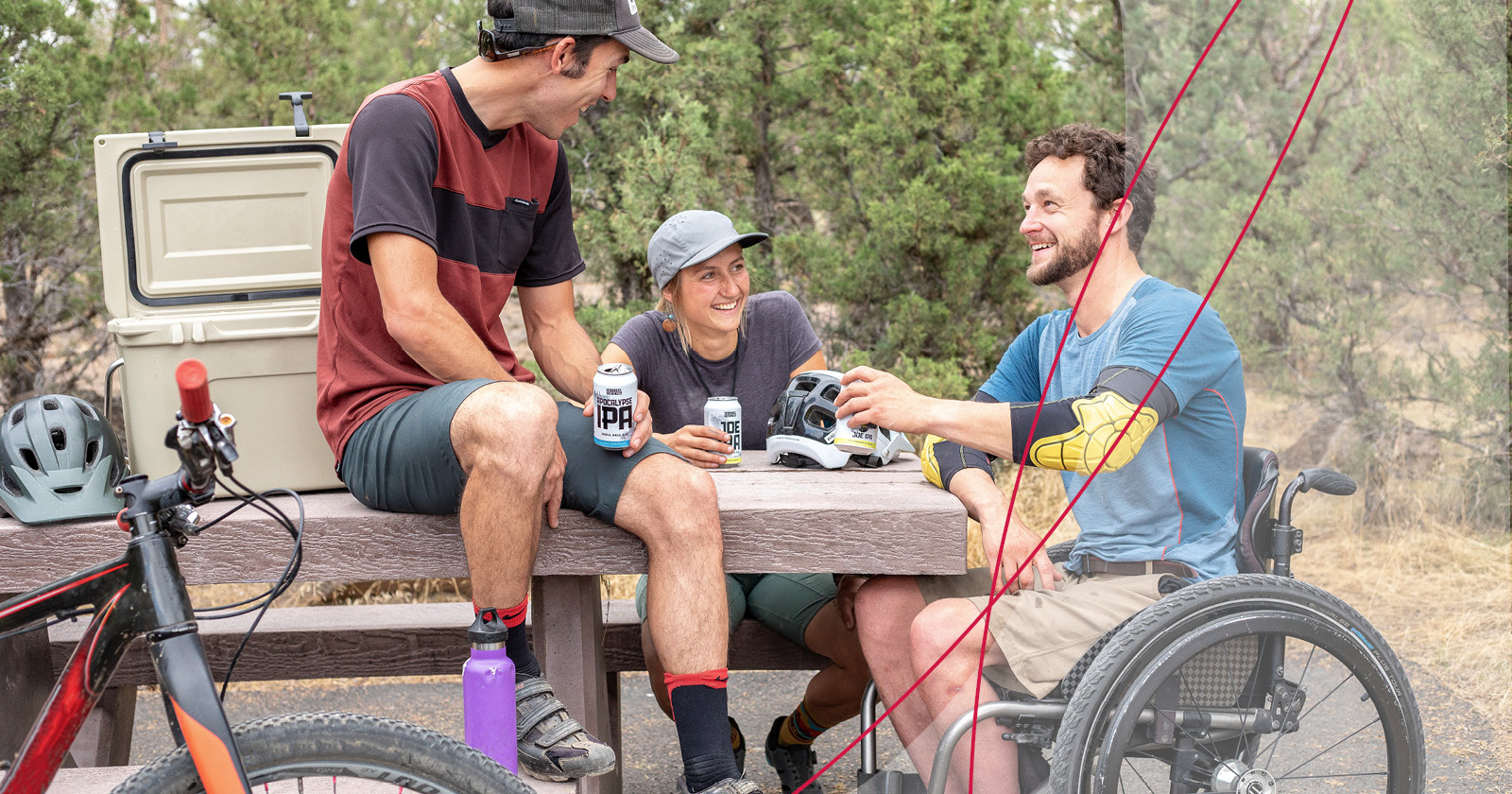
Travelling with spinal cord injury
By Maggie Sargent - CCMS
Looking back over the last 12 years, I have taken people who were travelling in a wheelchair on over 20 holidays and have travelled with clients ranging from paraplegics to someone requiring a ventilator for 24 hours a day.
Fortunately, the main feedback I have received from clients is that it was definitely the best experience that they have had since their injury. That is not unusual considering that it is normal practice for someone to take a holiday each year and, because someone has had an injury, it should be no different for them.

Accessibility: What are an employer’s obligations to staff and visitors and what practical improvements can be made?
By Mark Walters & Catherine Hawkes - RWK Goodman
In the UK, employers and public service providers alike have legal obligations to ensure their premises and services are accessible. Unfortunately, however, despite the legal obligations, individuals with a disability still routinely find their needs overlooked, both as employees and potential clients and customers.
This article aims to set out an overview of employers’ legal obligations to staff and visitors, and to provide practical examples organisations can consider to improve their accessibility. We also hope that by sharing our own experiences, and hosting future open panel events, we can further assist our clients and the charitable partners we proudly support.

How technological breakthroughs are used to empower our clients
By Louise Nettle - RWK Goodman
The Rehabilitation Code states that its purpose is to ‘put the individual back into the same position as he or she would have been in, had the accident not occurred, insofar as money can achieve that objective’.
As a lawyer working in the Compensation Protection Unit (‘CPU’) our role, as part of the team around the client, as a Deputy or a Professional Trustee is to collaborate with litigators, case managers and the multi-disciplinary team to enhance our clients’ lives by utilising their compensation.
A major part of a spinally injured client’s rehabilitation can be achieved by using assistive technology (AT), and the possibilities can be endless.

The Spinal Injuries Association - the expert, guiding voice for life after spinal cord injury (SIA)
Introduced by Ian Carrier - RWK Goodman
This feature comes at a very opportune moment, with the SIA having recently launched its “Strategy 2030”, designed to guide and steer everything they do over the next seven years.
Quoting Chief Executive, Nik Hartley, OBE: “Strategy 2030 has been built to focus on the matters we know are important to those living with spinal cord injury, to improve the issues we know they face and to make our vision of a fulfilled life for everyone affected by spinal cord injury a reality”.
RWK Goodman is a passionate and long-time supporter of The SIA, and as a trusted legal partner shares its vision for all spinal cord injured people and their families.

Horse accidents and spinal injury
By Richard Brooks, Partner - RWK Goodman
Riding horses can be one the most exciting things we ever do. It can also be one of the most dangerous. Anyone who knows horses will understand that a horse can spook, kick, rear or bolt at any perceived danger, whether it is real or not.
A well-reviewed 2012 study entitled “Only falls and horses: accidents and injuries in racehorse training” published in the Occupational Medicine journal, reported on accident statistics amongst stable staff in horse racing. 11% of accidents reportedly concerned the neck and spine. The accidents seen by our team result from a variety of causes, predominantly falls and kicks, but also from equipment failure such as a snapped stirrups leather.
Thoroughbred racehorses are unpredictable and volatile. They are bred to be athletic and weigh half a ton, more or less. A horse potentially travelling more than 30 mph with their jockey perched on top of it is a source of serious risk, although it has to be said that an equal number of accidents happen with staff on the ground.
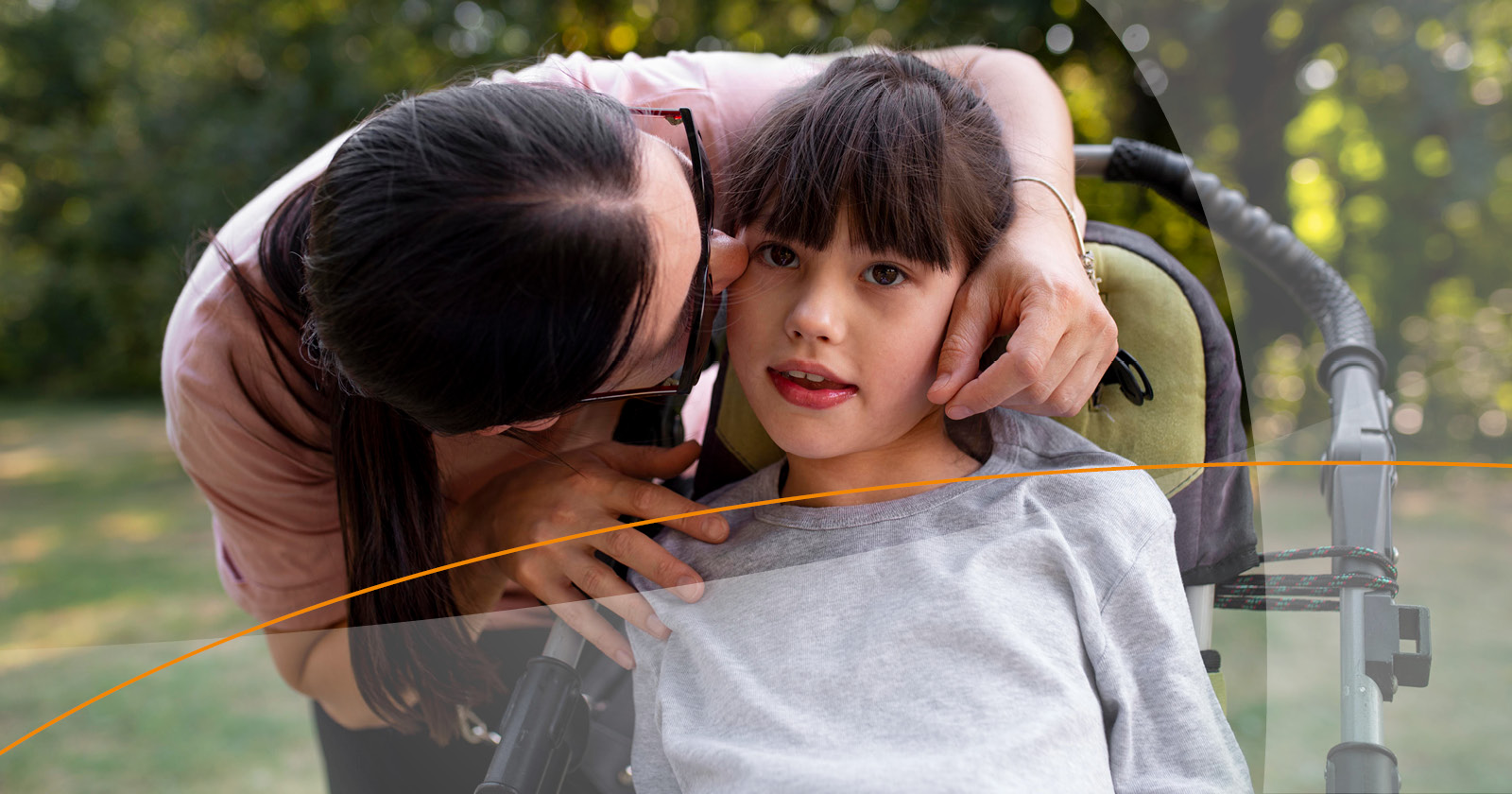
Discussing spinal surgery in cerebral palsy and funding the costs of SDR and curvature surgery
By Abigail Ringer - RWK Goodman, and Tim Theologis - Consultant Orthopaedic Surgeon and Associate Professor at the University of Oxford
Surgical treatment of the spine, whether that is to treat curvature of the spine or to carry out selective dorsal rhizotomy, has become a mainstay of treatment for children and young people with cerebral palsy.
As a parent or carer of a child with cerebral palsy, it is not always an easy decision to proceed to surgery. The likely benefits need be considered against the known risks of surgery. In addition, for some, the cost of surgery will hang heavily in the balance.
